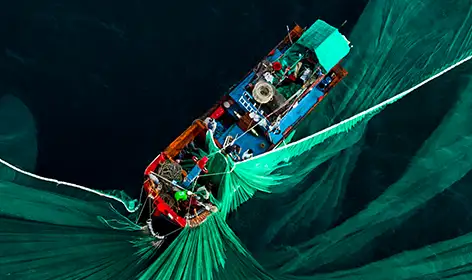From ocean protection targets to plastic pollution – here’s what you need to know about the biggest global ocean conference of the year.
This week, world leaders, scientists, Indigenous custodians, young people and ocean advocates are gathering in Nice, France, for the third United Nations Ocean Conference (UNOC3) – a critical moment to shape the future of our ocean.
This summit is a chance to turn things around with real, measurable commitments that protect marine life and support communities who depend on the ocean most.
This is important because the ocean is our life support system. It gives us every second breath we take, feeds over 3 billion people, and absorbs 90 per cent of excess heat from the climate crisis. But right now, it’s under serious threat – from overfishing, overheating from climate change, pollution – and increasingly unprotected.
Here are six things you should know:
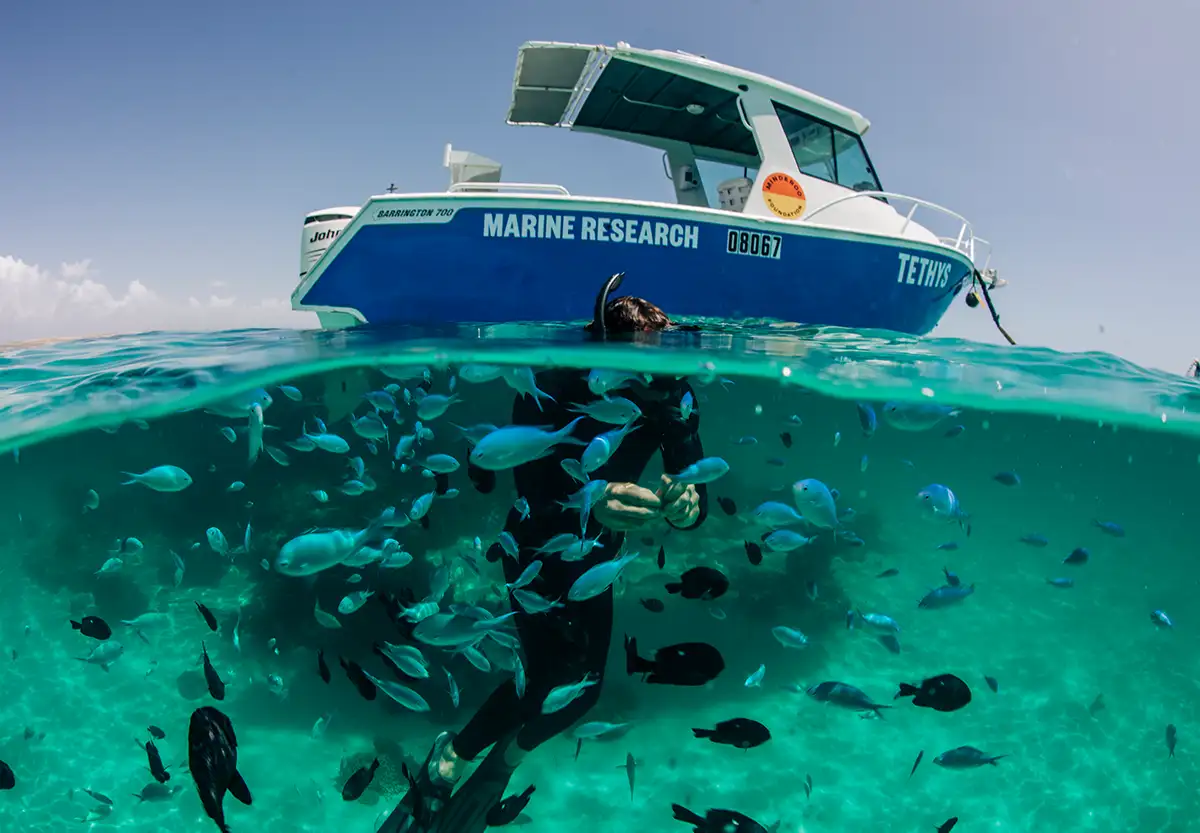
1. The ocean is in trouble – but we can fix it
The signs are everywhere: coral reefs are bleaching, fisheries are collapsing, and we are destroying oceanic life at an industrial scale.
Climate change and pollution are driving marine ecosystems to a tipping point.
But there’s hope. The research shows that when marine ecosystems are given space to recover through well-managed protected areas or bans on destructive practices – they do.
Marine life rebounds, fish populations recover, and coastal communities thrive.
With the right decisions now, the ocean can heal.
2. This conference is about action, not talk
The United Nations Ocean Conference (UNOC) is designed as a conference of commitments, where governments, scientists, NGOs, businesses, and philanthropists come together to pledge real, measurable steps toward ocean recovery.
UNOC3 builds on the momentum of its predecessors – New York in 2017 and Lisbon in 2022 – where over 300 voluntary commitments were made to support Sustainable Development Goal 14: Life Below Water.
This convening has been explicitly framed as a moment to move “from ambition to action” – a chance to hold previous commitments to account and raise the bar on what’s next.
UNOC3 is intended to have a strong focus on implementation: from nations pledging to ratify the High Seas Treaty and enforcing marine protections, to investing in innovative tools like eDNA and tackling deep-sea mining.
3. The High Seas Treaty must come into force
Nearly two-thirds of our ocean lies beyond the borders of any single nation.
These vast international waters – known as the high seas – are among the richest ecosystems on Earth, but also some of the most vulnerable and least protected.
The High Seas Treaty, agreed in 2023, is a breakthrough deal that would, for the first time, enable the creation of Marine Protected Areas in these global commons.
It’s a vital tool for protecting biodiversity, rebuilding fish stocks, and boosting resilience to climate change.
But there’s a catch: the treaty can’t take effect until at least 60 countries ratify it. So far, only 22 have done so.
At UNOC3, there will be a strong push to change that – and fast. Without ratification, we risk losing momentum on one of the biggest conservation opportunities in history.
4. Protecting 30% of the ocean by 2030 is within reach
The High Seas Treaty is also key to achieving another global goal: protecting at least 30 per cent of land and sea by 2030, also known as 30x30.
This science-backed target was agreed by nearly every country on Earth in 2022 – but we’re a long way off track.
Today less than 10 per cent of the ocean is fully protected, and even less is effectively enforced. That’s not enough.
At UNOC3, the focus must turn to real implementation: expanding genuine no-take Marine Protected Areas, putting resources into enforcement, and making sure Indigenous and local communities are at the forefront of decisions.
With political will and smart investment, 30x30 is still within reach – and it’s one of the most powerful tools we have to restore ocean health and secure long-term benefits for people and planet.
5. We need better tools to track ocean health
Good decisions need good data – and right now, much of the ocean remains a mystery.
New technology like environmental DNA (eDNA) is changing that.
It can detect the presence of species – from tiny plankton to massive whales – just by sampling seawater.
This means that from a bucket of seawater taken from a certain part of the ocean – scientists can see all the different species that have passed through that spot.
This helps scientists understand how climate change is affecting marine life, monitor illegal fishing, and design smarter conservation strategies.
Scaling up eDNA could transform how we protect the ocean – but it needs investment and political support.
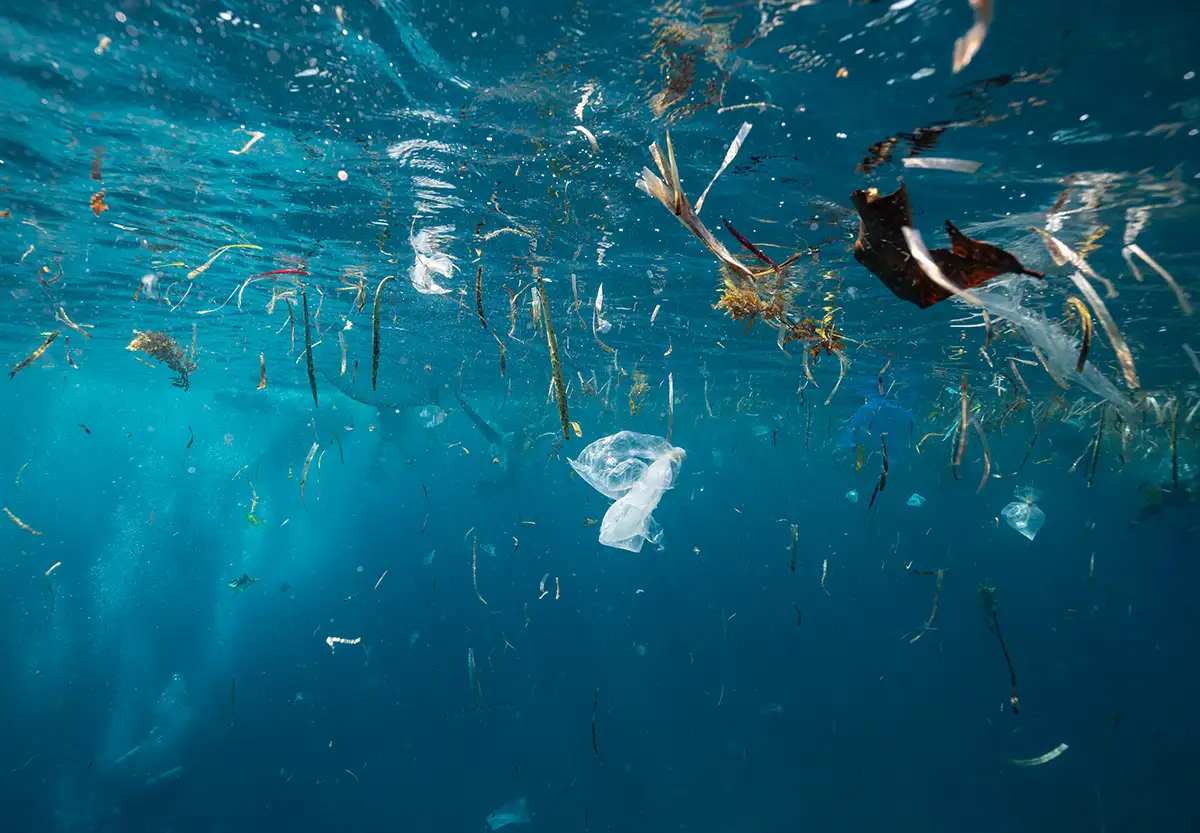
6. Plastic pollution is poisoning the ocean - and us
Each year according to the United Nations Environment Programme over 11 million tonnes of plastic enter the ocean – choking wildlife, contaminating food chains, and breaking down into microplastics that end up in our bodies.
But the problem isn’t just litter – it’s the entire plastics system, from fossil fuel extraction to chemical-laced packaging. [Read more about how the toxic chemicals in plastics affect human health]
A strong Global Plastics Treaty, currently under negotiation, could change this – by phasing out harmful chemicals, cutting production, and holding major polluters to account.
We can’t solve the ocean crisis without tackling plastics.
This week, we’re working alongside ocean scientists, community leaders, and allies from across the globe to push for urgent, collective action.
Our agenda includes:
- Urging more countries to ratify the High Seas Treaty so it can come into force as soon as possible.
- Advocating for more commitments to establish genuine Marine Protected Areas, so we can protect 30 per cent of the world’s oceans by 2030.
- Showcasing breakthrough technologies like eDNA that can transform how we measure and manage ocean health.
- Calling for a global ban on destructive fishing practices like bottom trawling in protected areas.
- Pushing for stronger commitments on plastic pollution and toxic chemicals, and advocating for a health-first approach to the Global Plastics Treaty.
What you can do
The ocean connects us all, no matter where we live. What’s decided in Nice this month affects the entire planet. You can help by staying informed, spreading the word, and supporting the push for stronger ocean protection.
Let’s make this the moment the world changes course – for the ocean, and for every life it supports.
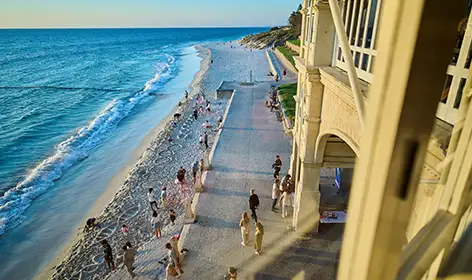
Sign up for our newsletter to follow what’s happening at UNOC3
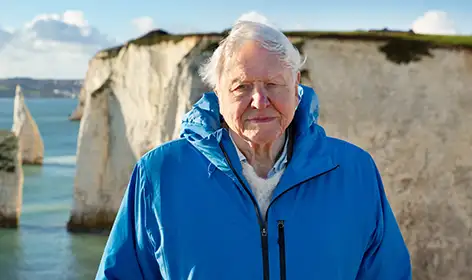
Find a screening of David Attenborough: Ocean near you
